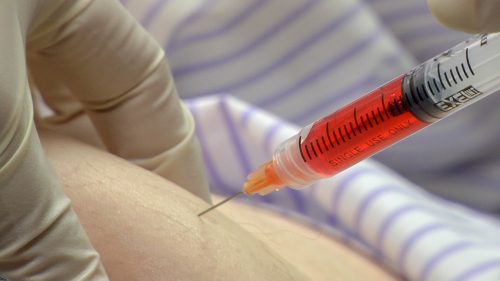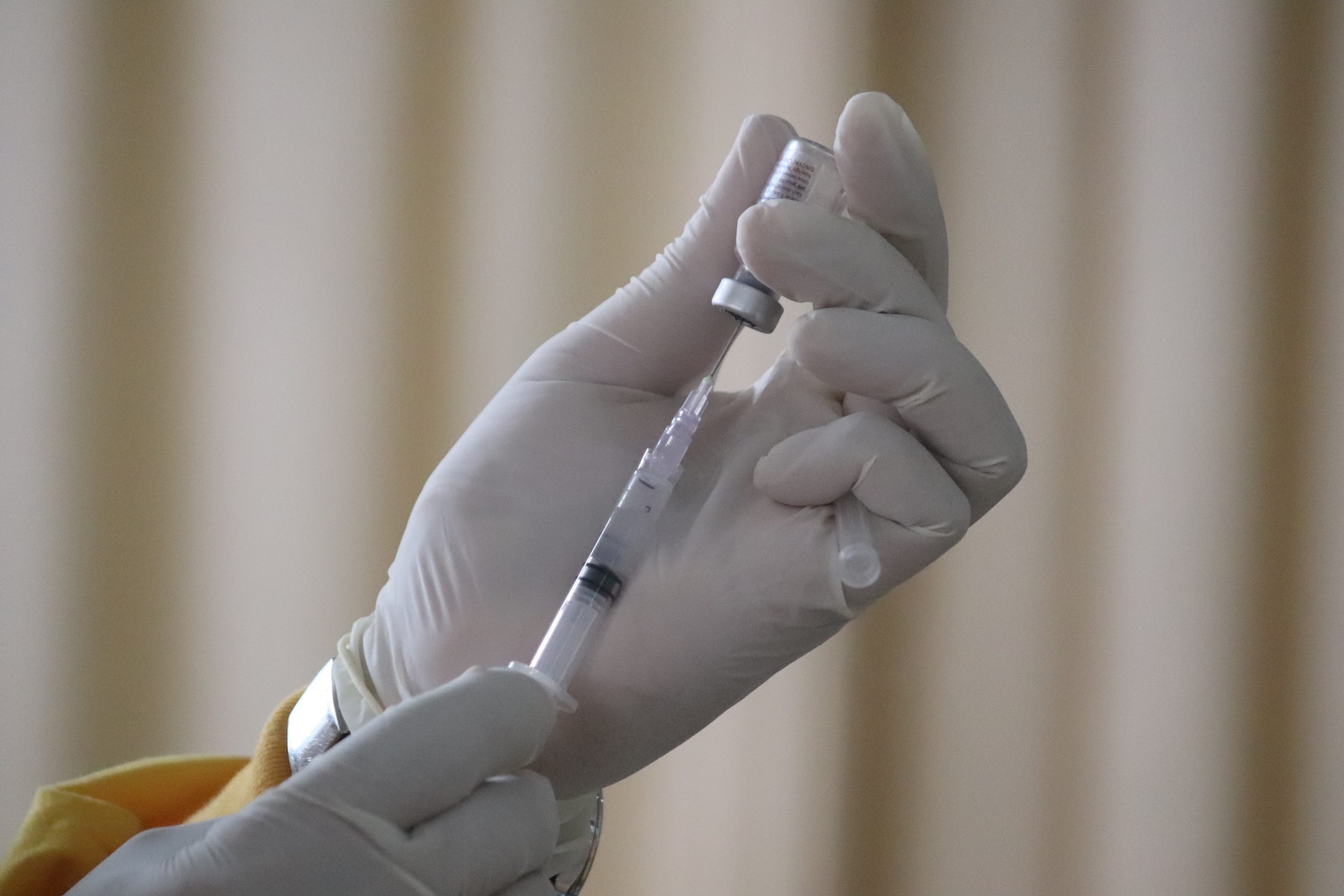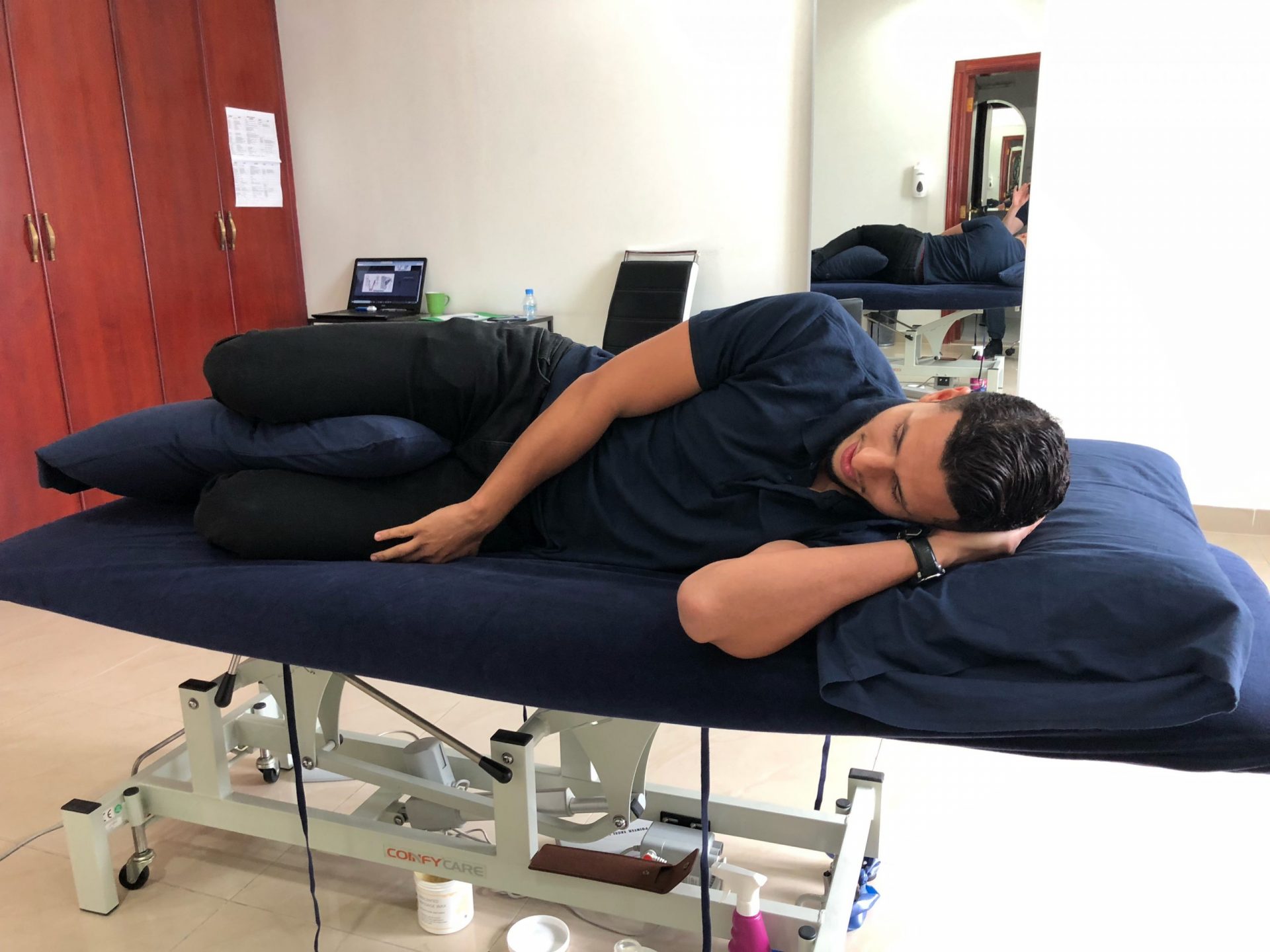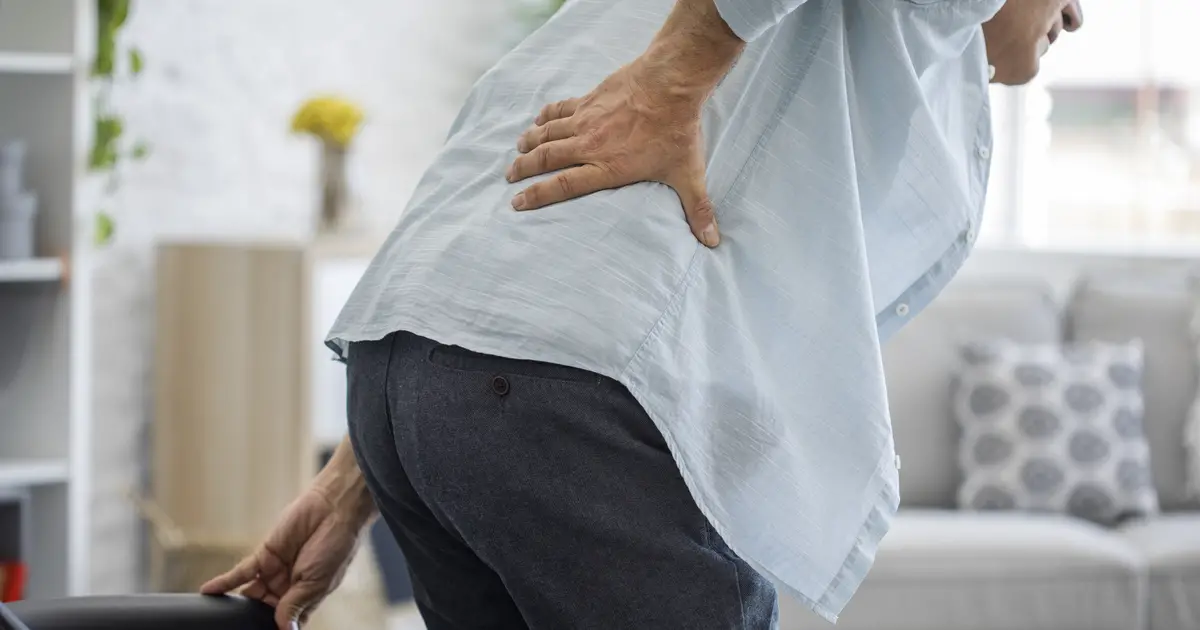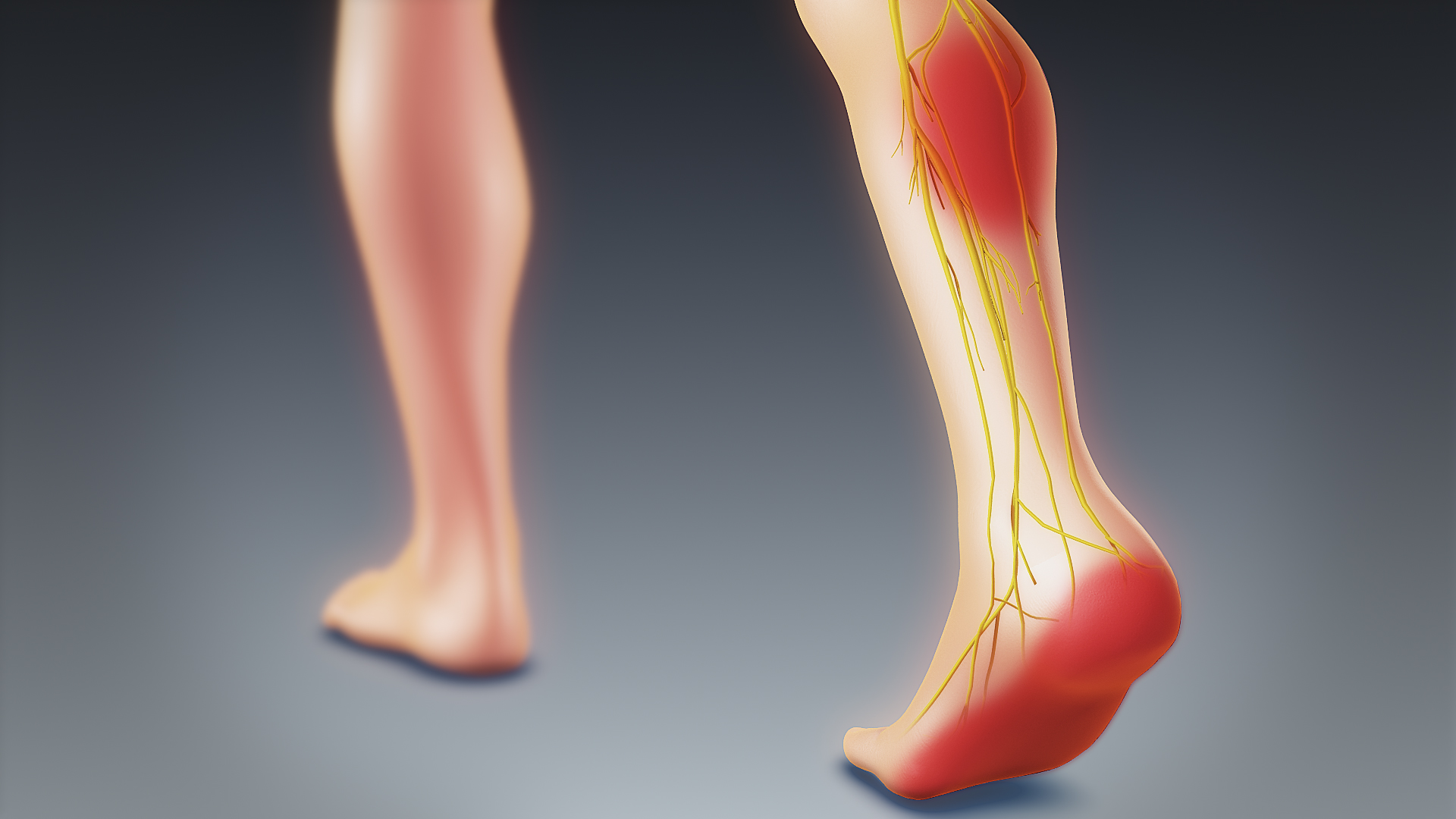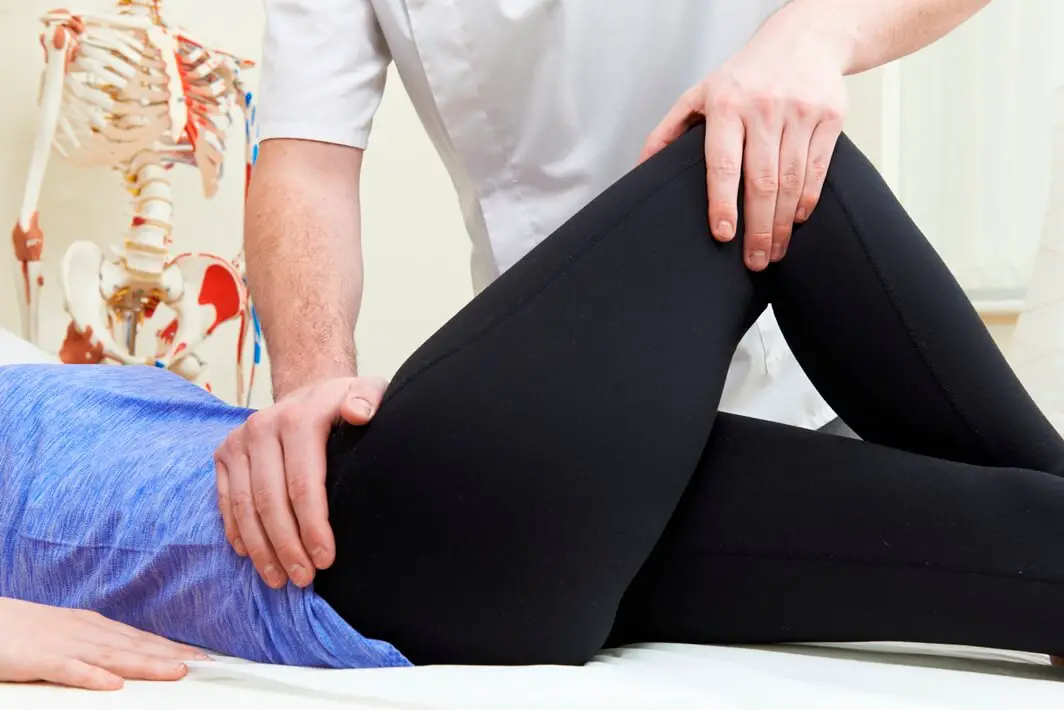Do you suffer from chronic pain hip ? Are you looking for a way to relieve yourself? If so, then you can consider theinfiltration and rest. This is a treatment that can help improve your symptoms when other modalities have not been effective.
In this article, we are going to discuss the indications of theinfiltration and the rest of the hip. We will also talk about how this treatment can help relieve your chronic pain.
THEinfiltration de hip what is it ?
THEinfiltration de hip is a treatment that can be used for patients who have been determined to have hip joint pain. It is the connection between the hip and the femur, which can be irritated and painful for a number of reasons.
The coxo-femoral joint is a ball joint, which means that it allows a large range of motion at the level of the hip. However, this also makes it more susceptible to injury and inflammation.
To reduce the pain associated with this condition, a corticosteroid or other anti-inflammatory drug is injected directly into the joint space. This can provide significant pain relief and help improve range of motion.
THEinfiltration full hip is a safe and effective treatment option for many patients with hip joint pain.
What are the types ofinfiltration de hip ?
There are several types ofinfiltration full hip. The most common is cortisone, which can quickly relieve pain and inflammation. However, it does not last long and may need to be repeated every few months.
Another option is hyaluronic acid, which can cushion and lubricate the joint, reducing friction and pain. It is usually injected once a week for three to five weeks, followed by maintenance injections every few months.
Platelet-rich plasma (PRP) is another type ofinfiltration which uses the patient's own blood to promote healing. It is often used for more serious injuries or conditions such as arthritis. PRP injections are usually done once a month for three to six months.
What are the methods ofinfiltration ?
THEinfiltration intra-articular
THEinfiltration intra-articular is the most common type ofinfiltration full hip, mainly for cases of joint pain caused by conditions such as arthritis or osteoarthritis.
The injection is performed directly into the joint cavity, often under fluoroscopic guidance to ensure accuracy. This type ofinfiltration can be very effective in reducing pain and improving function.
THEinfiltration peri-articular
The infiltrationPeriarticular s are given around the joint, rather than directly into it. They are generally used to treat conditions such as tendonitis or bursitis.
The injection is performed in the soft tissues around the joint, under ultrasound or radiographic guidance for more precision. The infiltrations peri-articular can be very effective in reducing pain and inflammation.
THEinfiltration intramuscular
The infiltrationintramuscular injections are administered directly into the muscles surrounding the joint of the hip. They are typically used to treat conditions such as muscle spasms or trigger points.
The injection is made into the muscle, using palpation to ensure accuracy. The infiltrationIntramuscular injections can be effective in reducing pain and muscle spasms.
How long should you rest after a infiltration de hip ?
After one infiltration full hip, patients are recommended to rest for at least 24 hours. This will reduce the risk of bleeding and bruising.
It is also important to put ice on the area for 20 minutes every hour for the first 24 hours. This will help reduce inflammation and pain.
Patients should also avoid putting weight on the affected leg during this time. If possible, they should also elevate the leg above heart level to reduce swelling.
After 24 hours, patients can resume normal activities as tolerated. However, they should continue to apply ice to the area for 20 minutes every few hours and avoid strenuous activity or impact sports for at least a week.
Infiltration de hip and rest: Can you drive after a infiltration de hip ?
Although any intervention on the human body, even if carried out under conditions of maximum skill and safety, carries a risk of complication; As with any puncture, there is a very low risk of infection.
However, it is advisable not to drive immediately after a infiltration. Indeed, it is better to ask someone to drive you home or to take a taxi.
The needle used during theinfiltration may have caused inflammation and pain in the injected area. Also, it is not recommended to make sudden movements or do dowsing with hot or cold water.
For these reasons, it is best not to drive immediately after a infiltration. Wait until the next day when the effects of theinfiltration will have completely disappeared.
Infiltration de hip : How important is rest?
Rest is essential for the proper functioning of our body. When we are constantly in motion, our body never has a chance to repair itself.
This can lead to a host of health issues, both mental and physical. For example, if we don't get enough sleep, we are more likely to suffer from anxiety and depression.
We are also more likely to get sick because our immune system is weakened. Also, when we don't take time to rest, we are more likely to make mistakes and have accidents.
That's why it's so important to make sure we get enough rest each day. Whether it's taking a nap, going to bed early, or taking a few minutes to relax, giving our bodies the rest they need is essential for good health.
Rest is important for recovery after a infiltration de hip. However, it should not be overused as it can lead to stiffness and weakness. It is therefore important to rest but avoid a total sedentary state.
Infiltration de hip and rest:infiltration takes effect after how long?
When you receive an injection in the hip, the effects can be almost immediate or take a few days to appear. It depends on the person and the reason for the injection.
The purpose of an injection of hip is to relieve pain and inflammation of the joint. The injection can be made into the joint itself or into the space around the joint.
There are different types of drugs that can be used for injections and they all work differently. Some people may get relief from their symptoms within a day or two, while others may not notice any difference for a week or more.
In general, the results of an injection of the hip last 1 to 2 months. After that you may need another injection if your symptoms come back.

